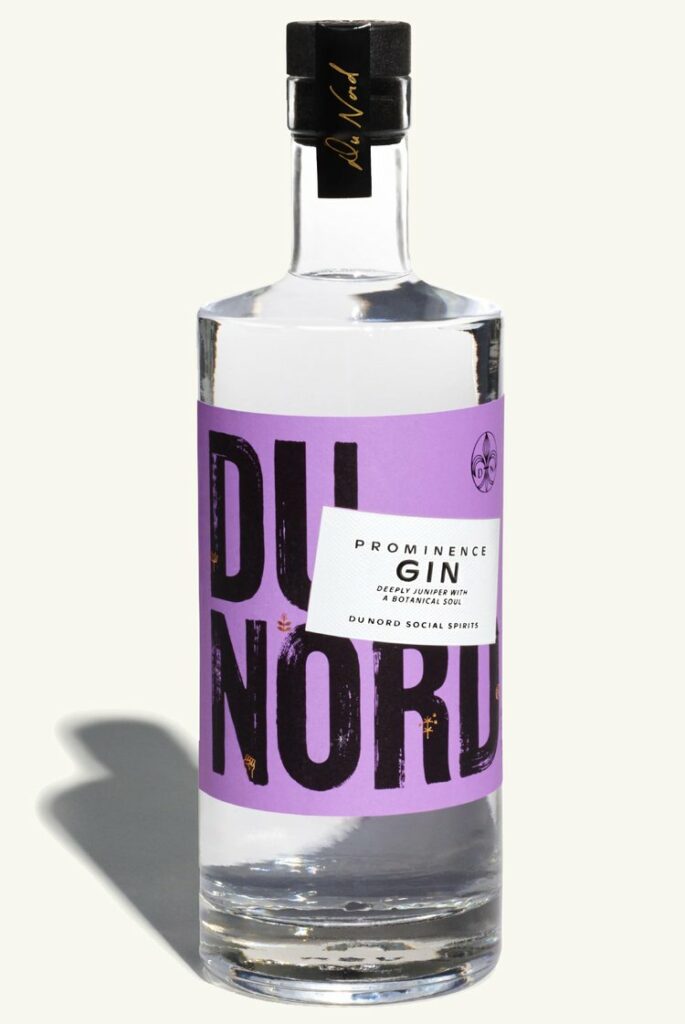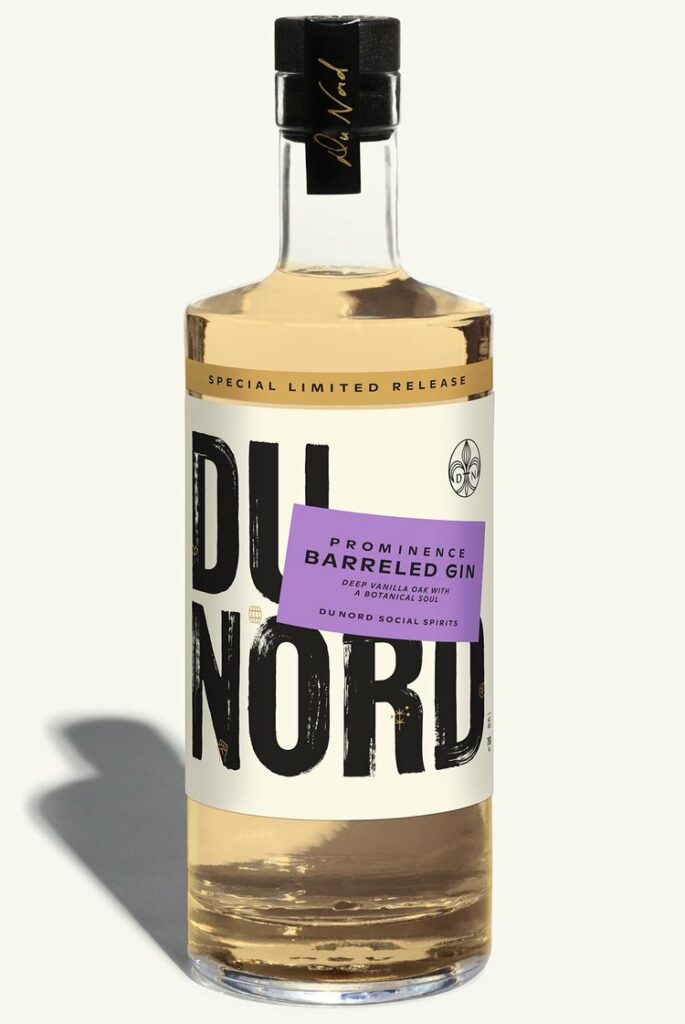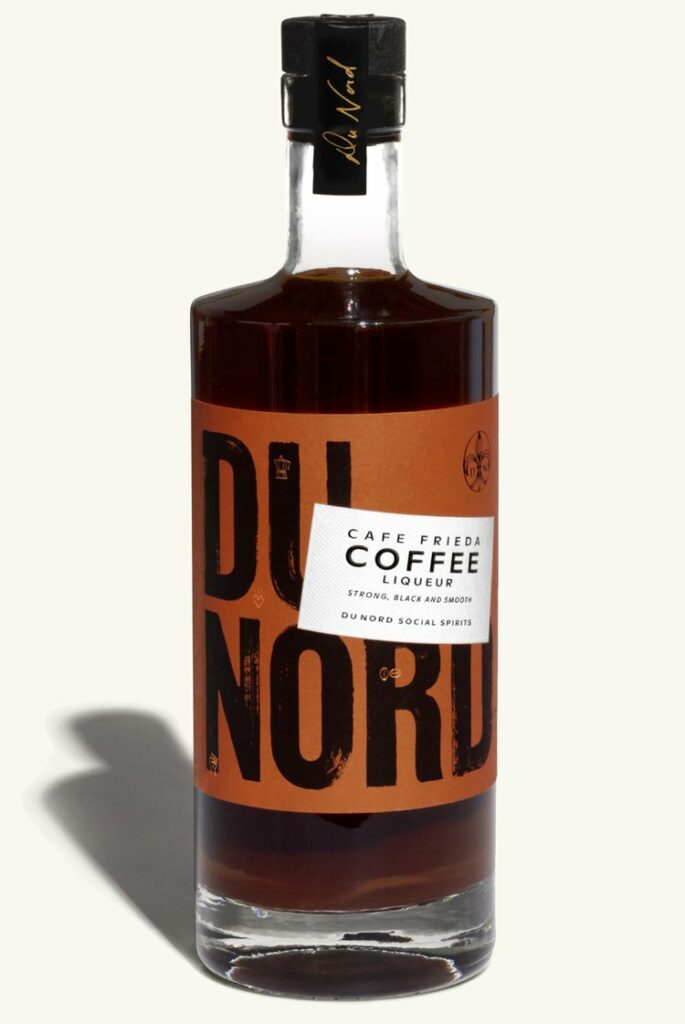This holiday weekend, we wanted to share with you some of our favorite refreshing beverages, to inspire your festivities. Here’s what we’ll be drinking this weekend!
It’s everything a great craft pilsner should be. Crisp and snappy with a solid backbone of hoppiness. It’s been our #1 selling pilsner in the store for many years now, and I just never get bored with it.
It’s crisp, refreshing and my go to when I’m on my dad’s boat fishing and hanging out.
The idea of a watermelon beer puts a lot of people off right away—and rightfully so—but hear me out! This light-bodied wheat beer has just a hint of natural watermelon flavor—no Jolly Rancher notes to be found. Ice cold, it’s sooo refreshing and honestly too easy to drink. It’s been in their lineup for over a decade at this point and remains a nostalgic favorite for me. Giesenbrau Bier Co “Hildy’s Helles” – This New Prague brewery has been around for years, but their recent rebrand captured my attention as an unabashed can nerd. Fortunately, in this case, the gorgeous cans happen to contain some delicious brews! This Helles lager is the standout hit of my summer, but you can’t go wrong with any of their beers in my opinion.
Un vino frizzante! This liter bottle is all you need to please your entire crew — from the geeky cool-kid wine nerds to the no-nonsense folks who “just want wine.” Spritzy, light, and fresh, this Grignolino from Piedmont is perfect by itself or with any summer fare. Did I mention it’s in a liter bottle?
Pour over rocks, garnish with an orange slice, put your feet up and imagine you are soaking in the Catalan sun.
This low ABV bottled spritz is perfect for enjoying in the summer heat. Citrusy orange flavors dominate with a lively effervescence and a touch of bitterness, it tastes like summertime in a glass. Grab your sunnies, a floatie, and enjoy this delicious libation on the lake!
I’m in a pet-nat phase this summer, and Ercole’s is a perfect easy-drinking, somewhat sweet pet-nat. It’s full of red fruit flavor with just that hint of funk associated with pet-nats that keeps you on your toes. Perfect to sip on the porch while enjoying a nice piece of cheese.
This beauty is the Hazy IPA of wine. It is a lightly unfiltered skin contact white blend that tastes like a rose smoothie. Lush and dense peach, apricot, and tangerine flavors dance across your tongue and don’t stop until the bottle is gone.
A true cabin crusher! If it’s hot out I want nothing more than something simple, clean and refreshing. I love craft lagers and IPAs but after a long day in the sun, Banquet hits the spot. Plus it’s brewed with Rocky Mountain water!
Rob, the self-proclaimed connoisseur of peculiar tastes, insists on Hamm’s Beer as the ultimate summer beverage, with a conviction that can rival a penguin’s commitment to sliding on ice. His reasoning? Picture this: as the sun kisses your skin with its fiery rays, a can of Hamm’s materializes in your hand, emanating a cooling aura like a mythical frosty orb. One sip transports you to a tropical oasis where pineapples harmonize with hops, and palm trees sway in syncopation with the carbonation bubbles tickling your tongue. Rob’s whimsical recommendation defies logic, but who are we to deny the summertime enchantment of a whimsical Hamm’s adventure?
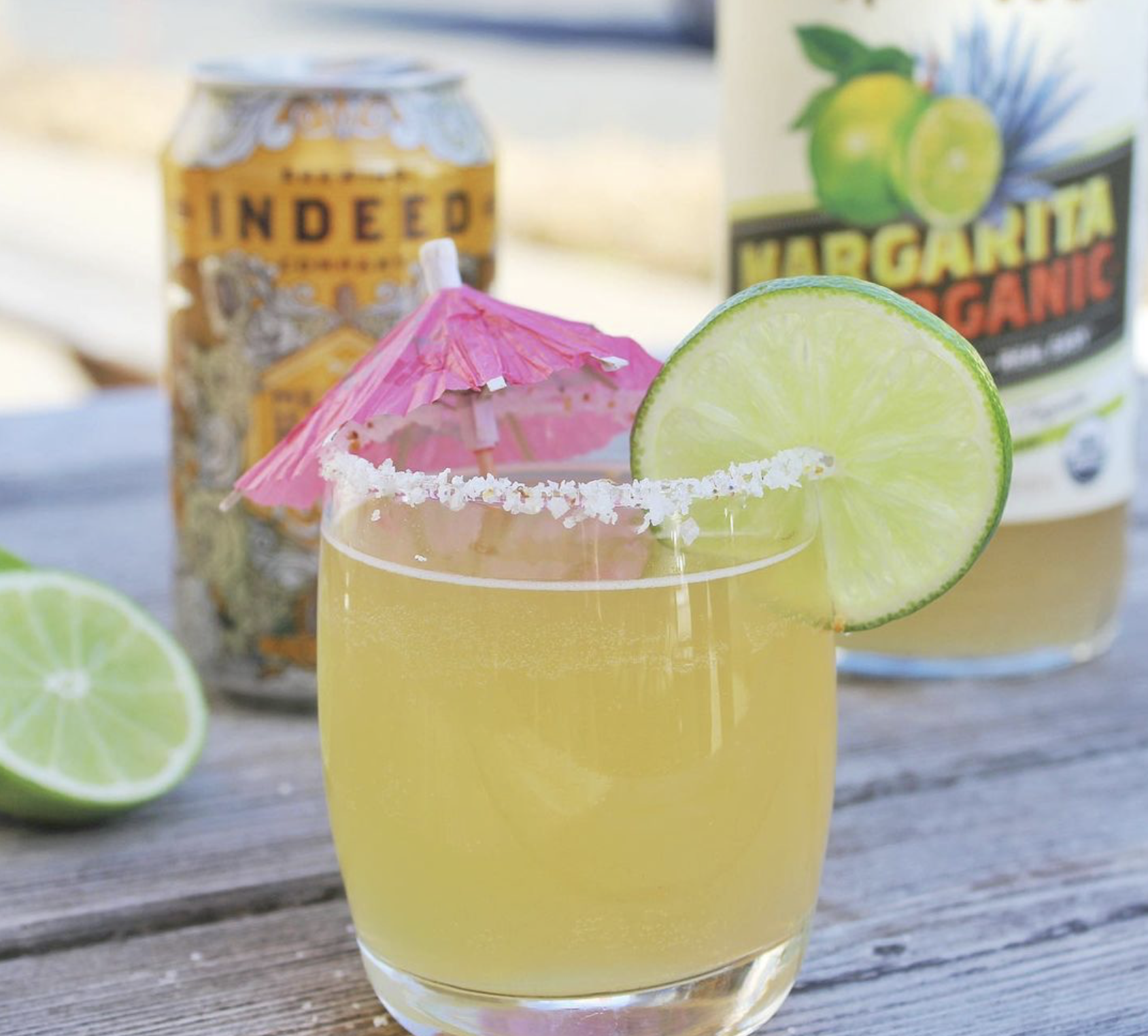
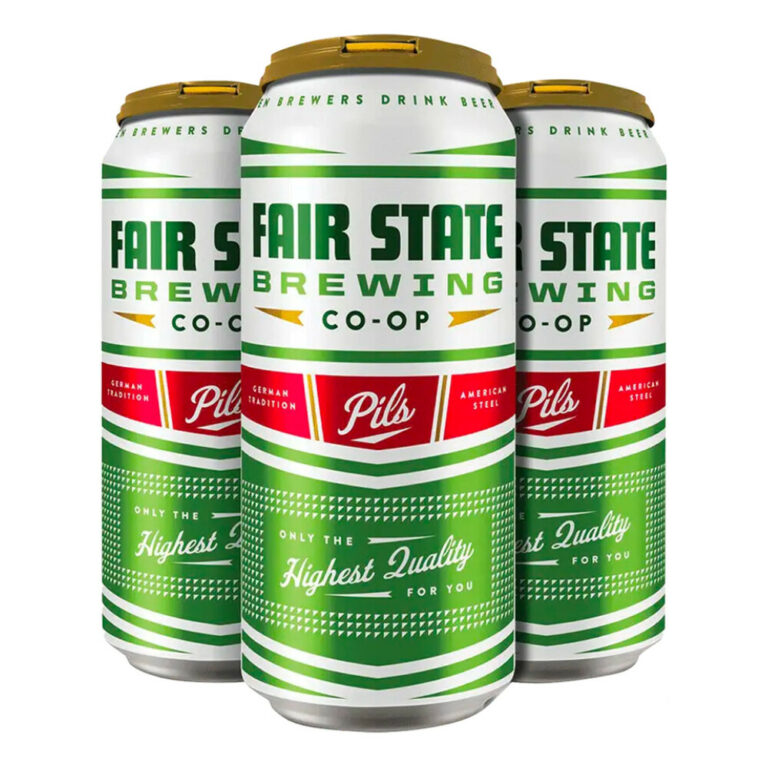

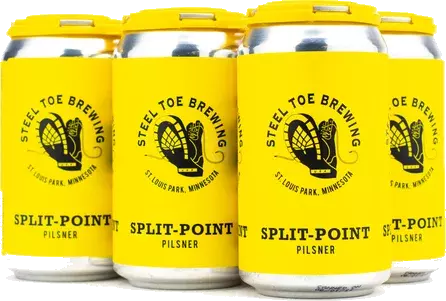
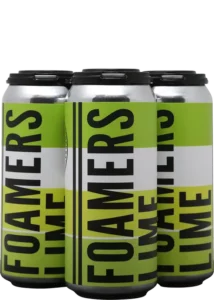
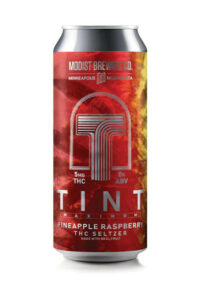
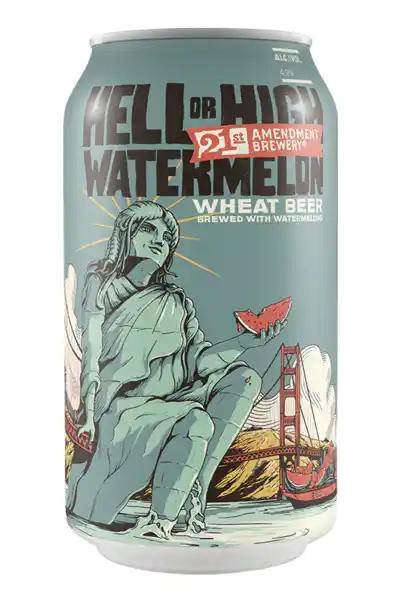
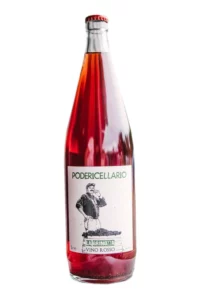
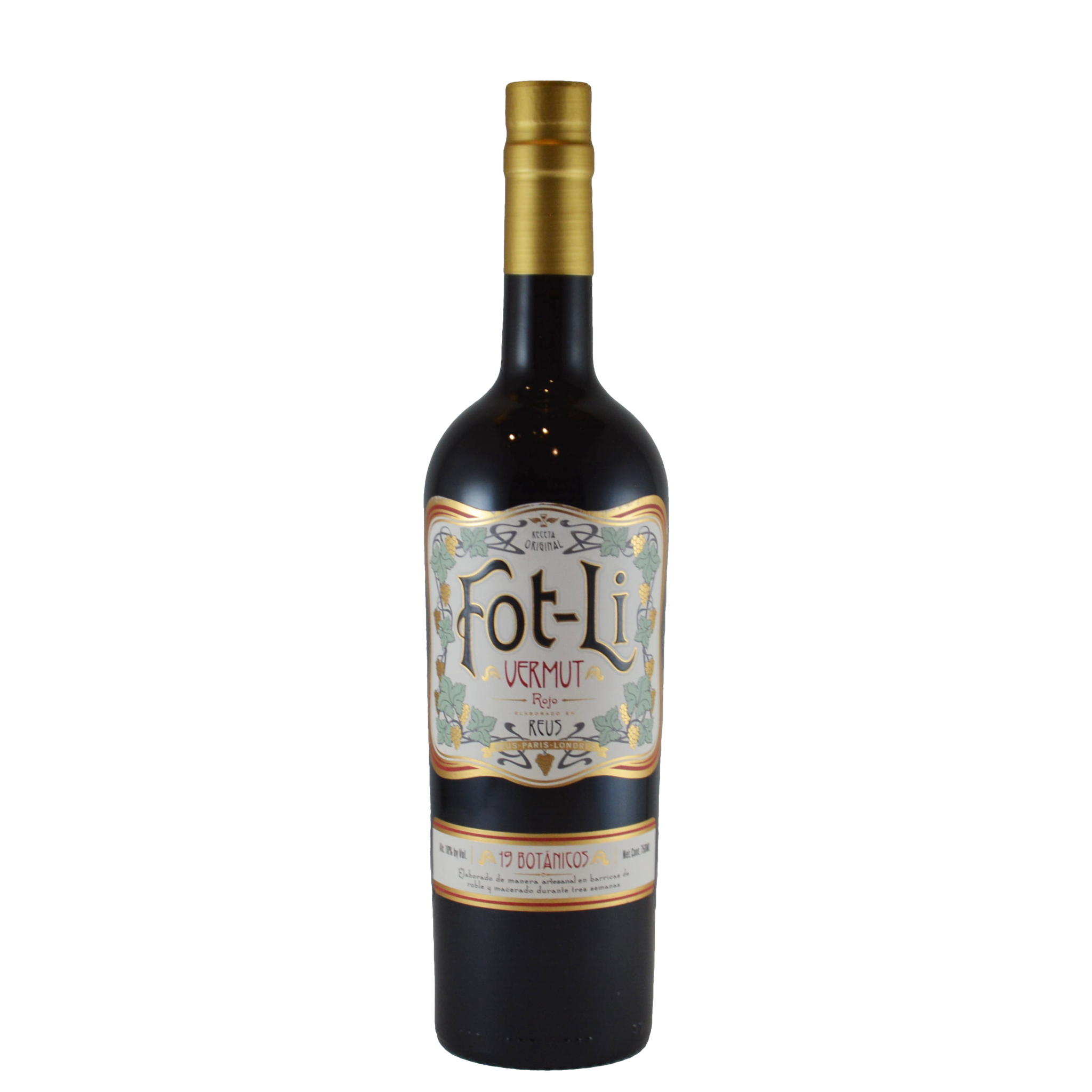
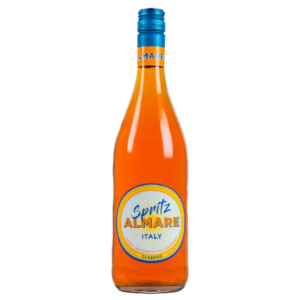
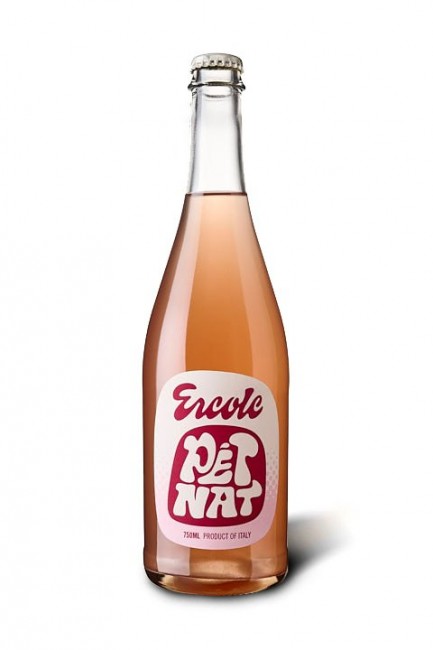
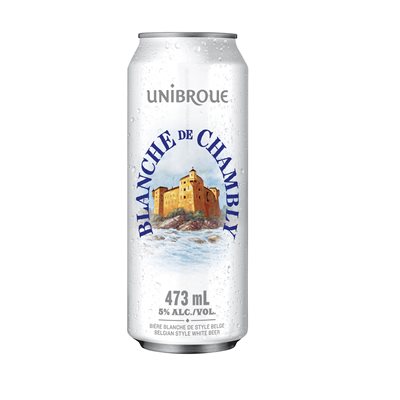
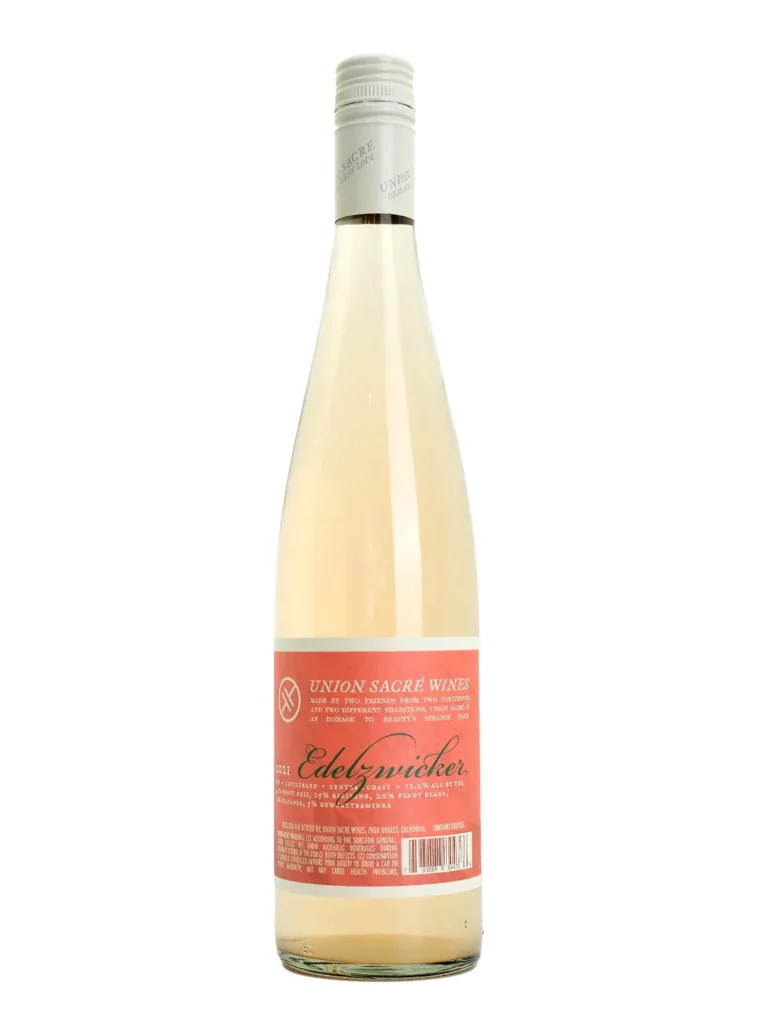
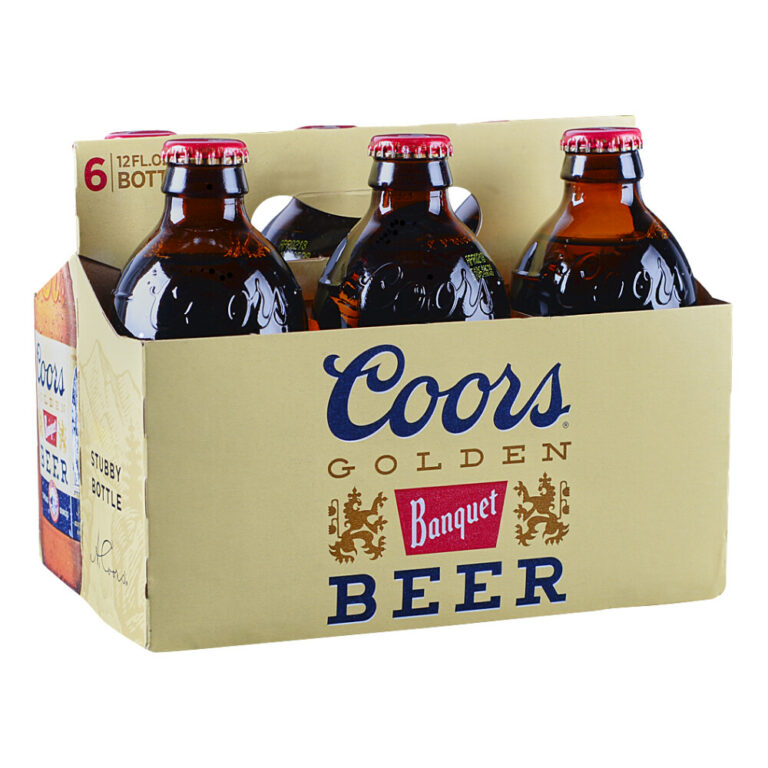
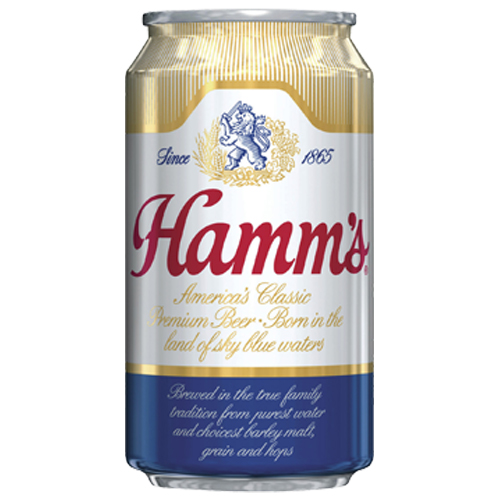
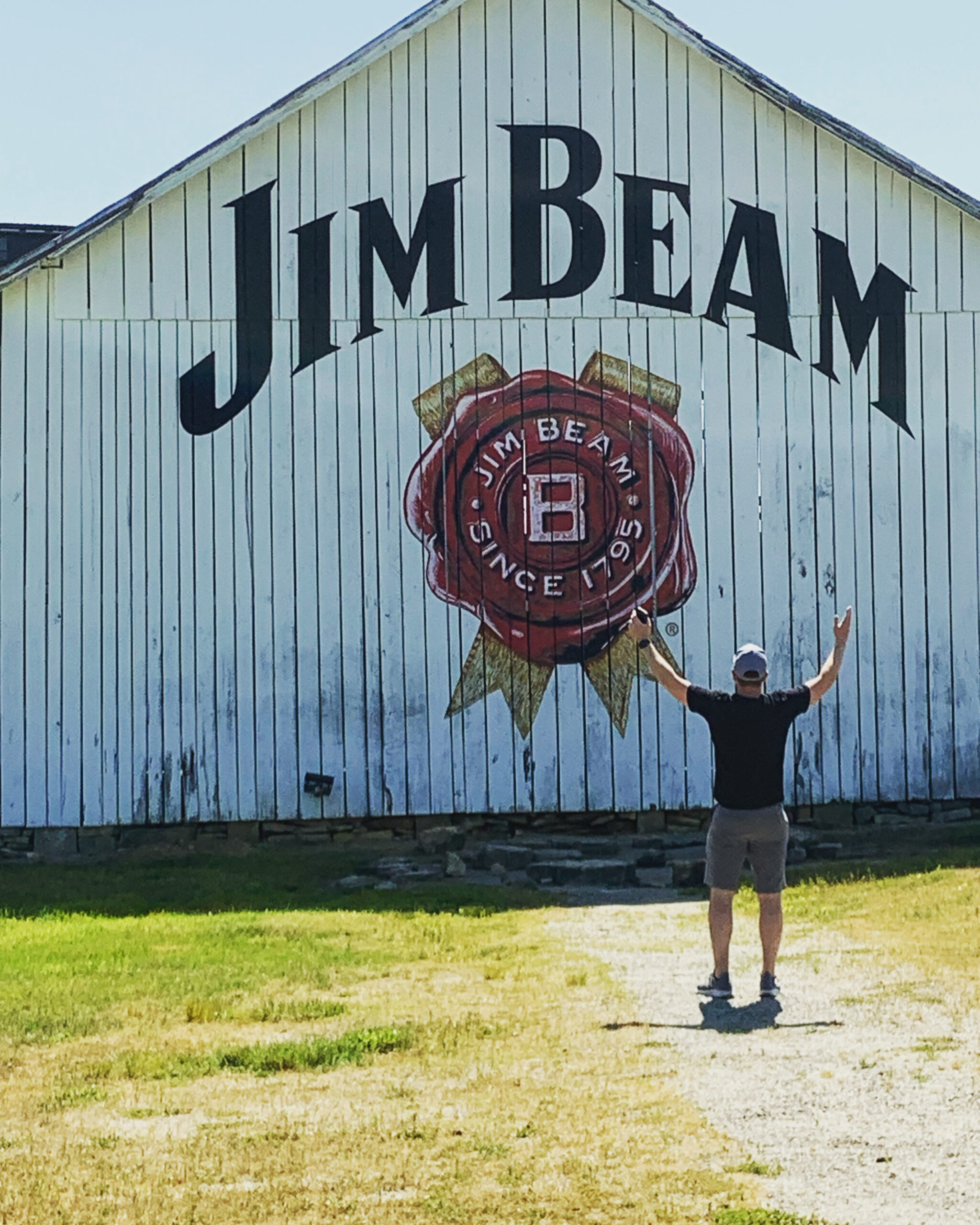

 by Tom Schneider & Dustin Harkins
by Tom Schneider & Dustin Harkins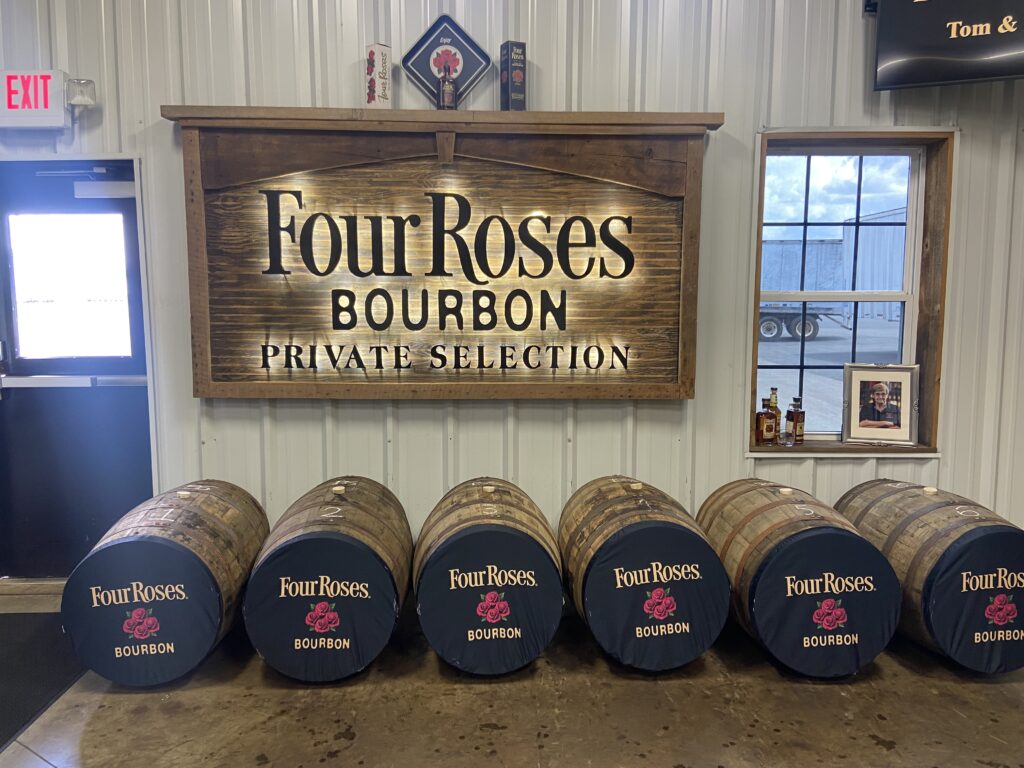
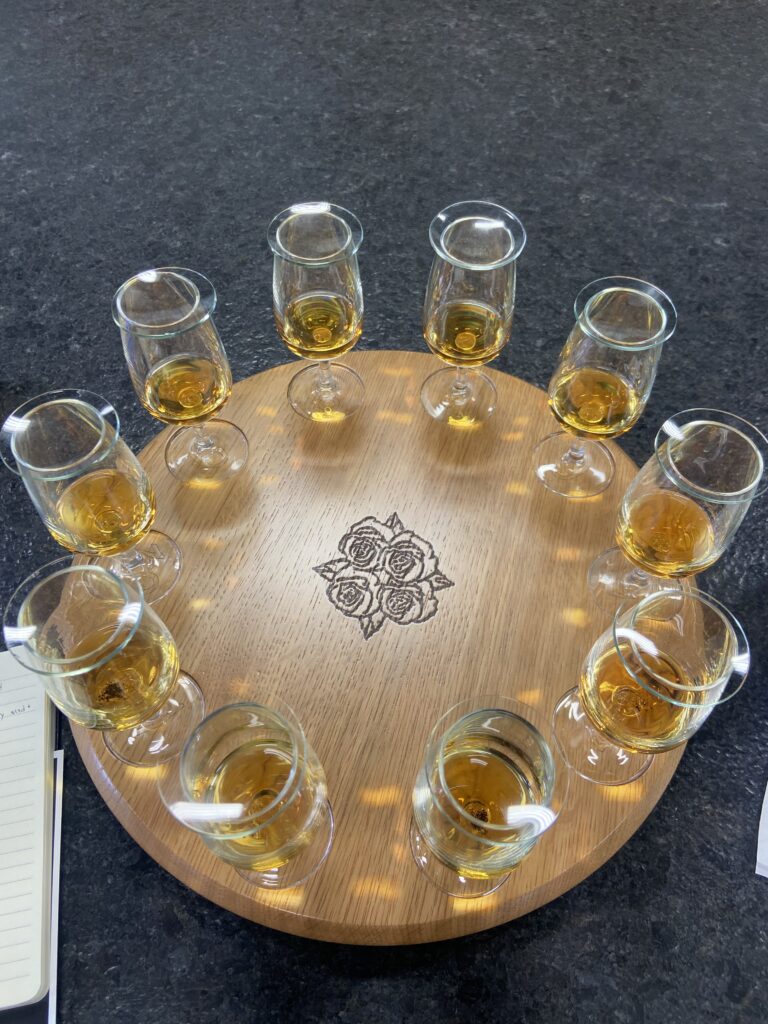
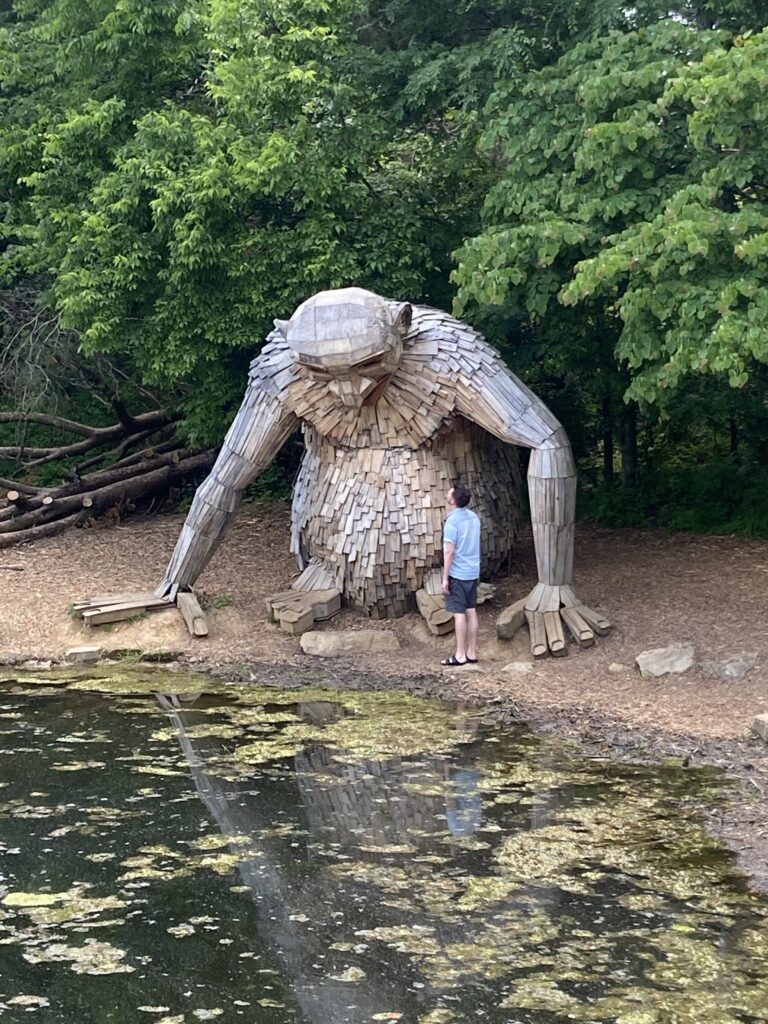
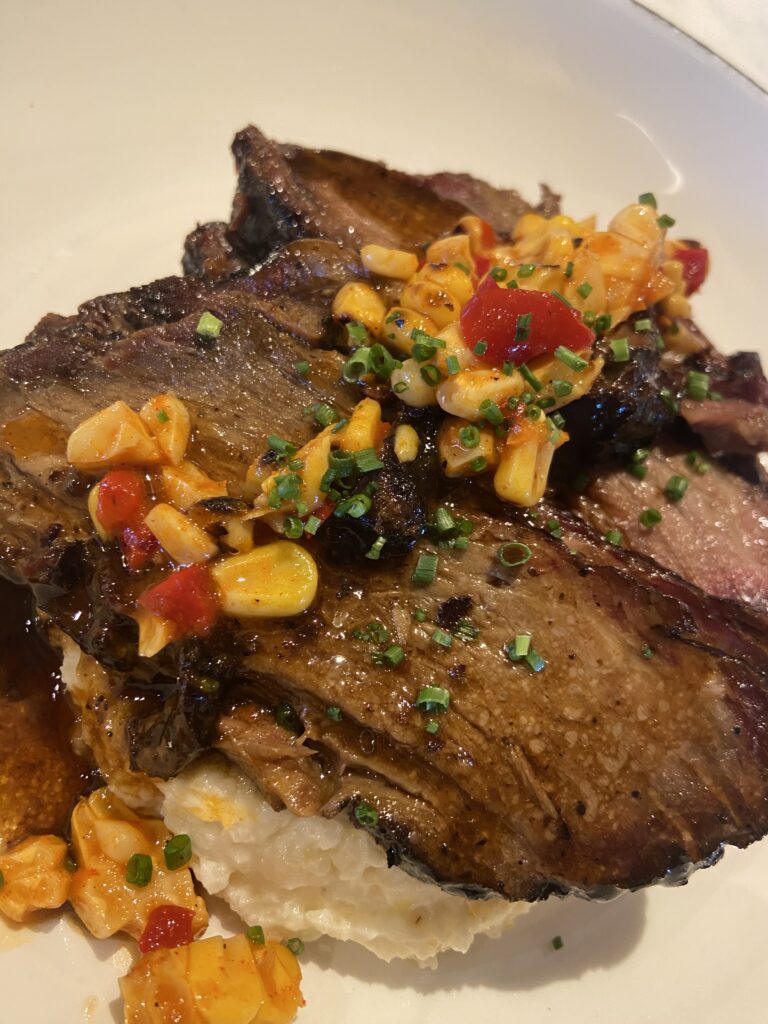
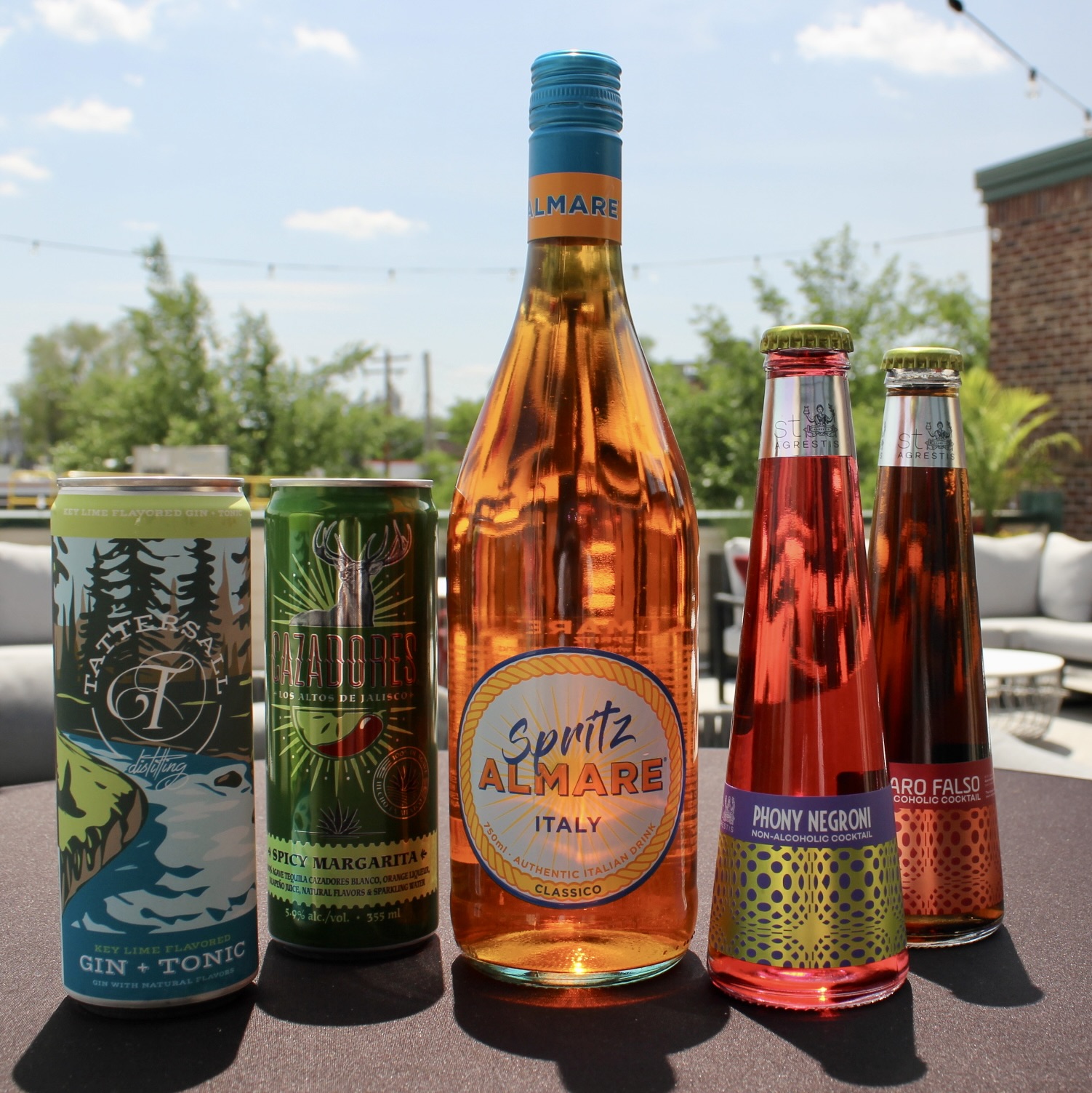






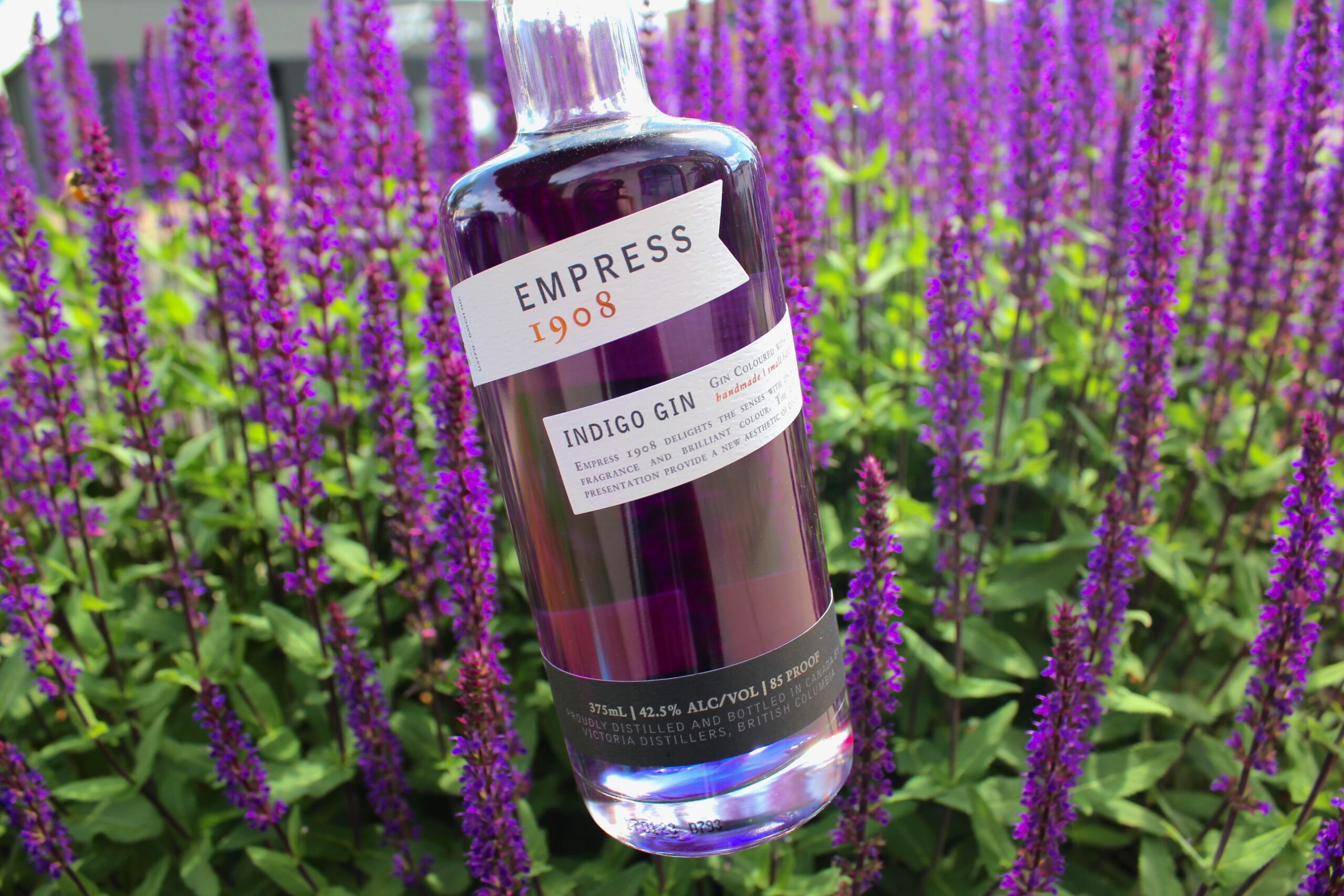

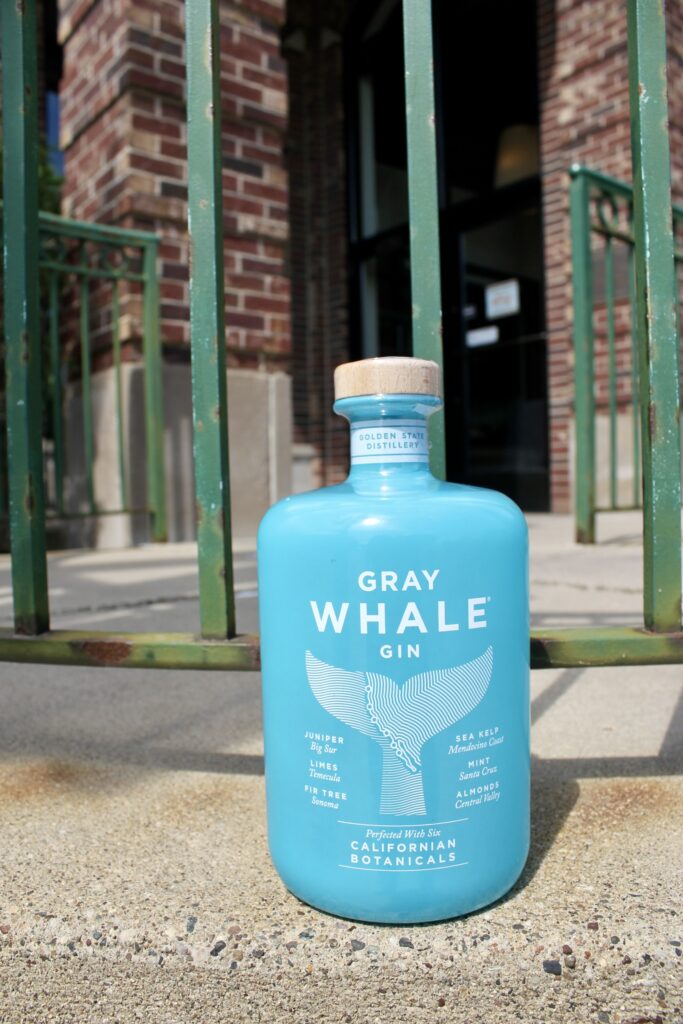
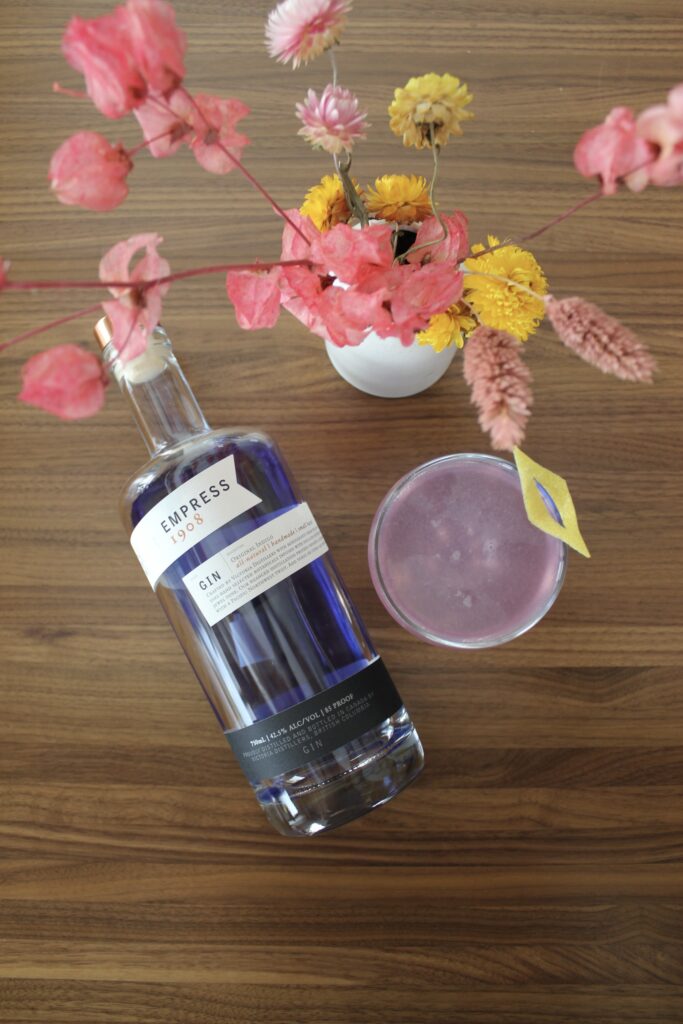
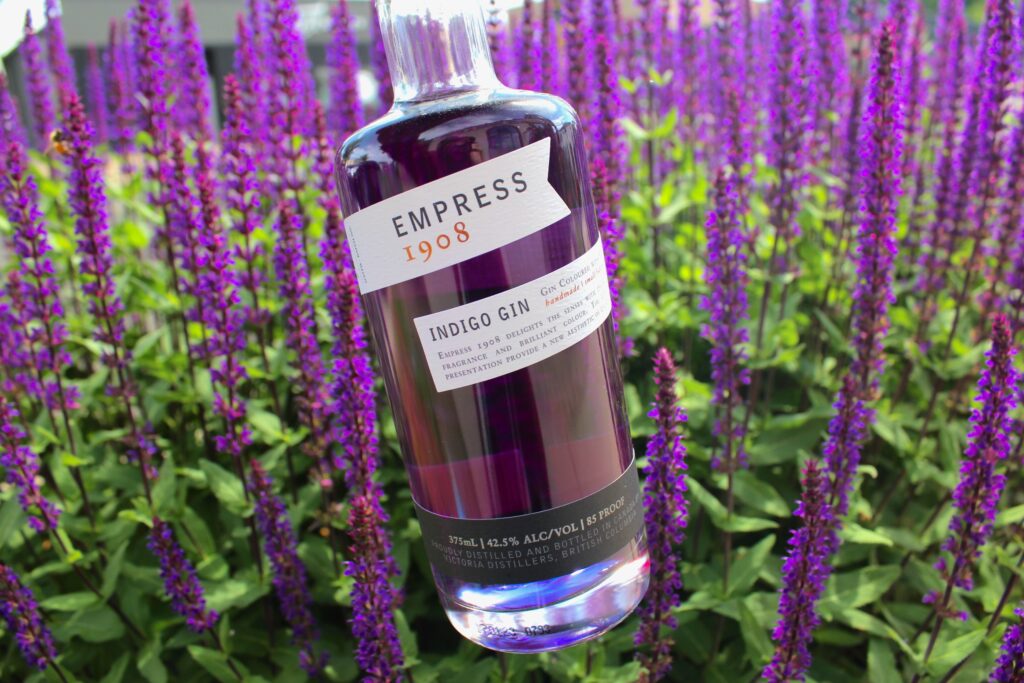
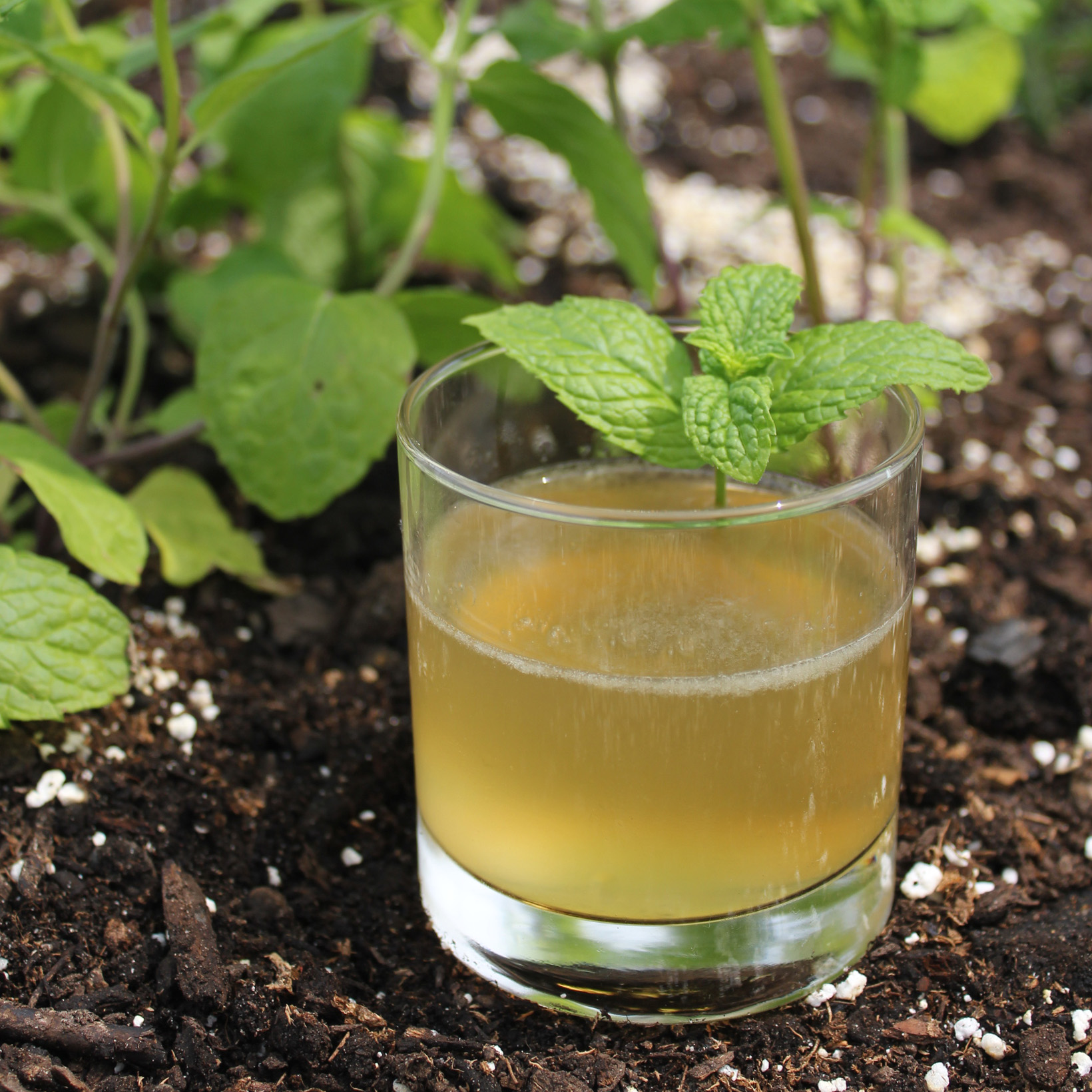
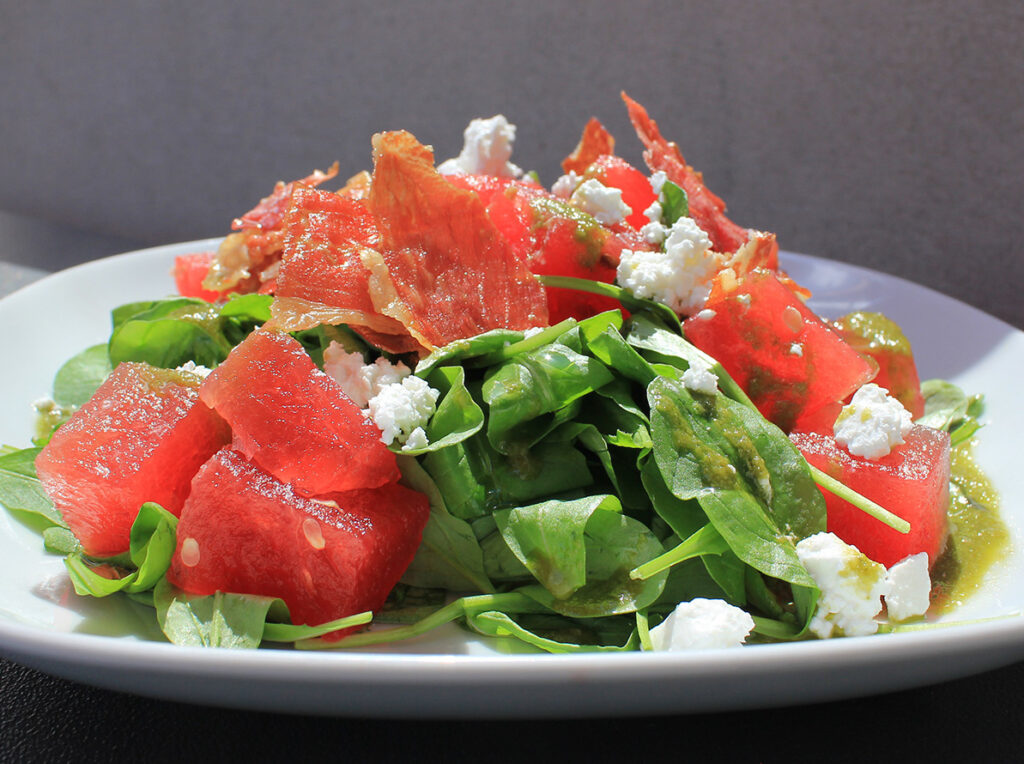
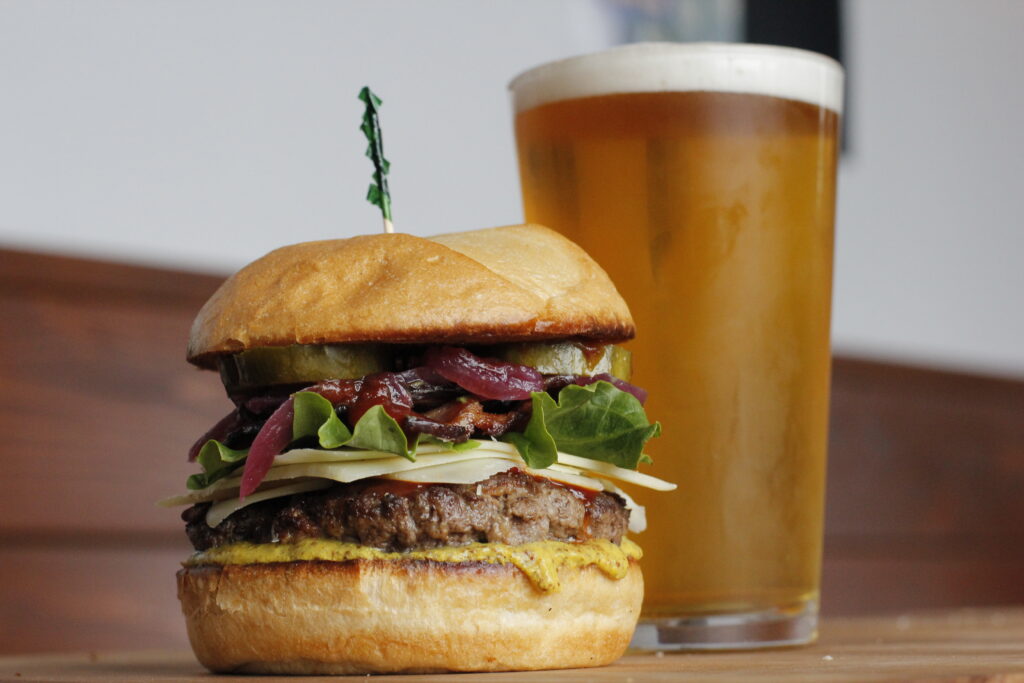
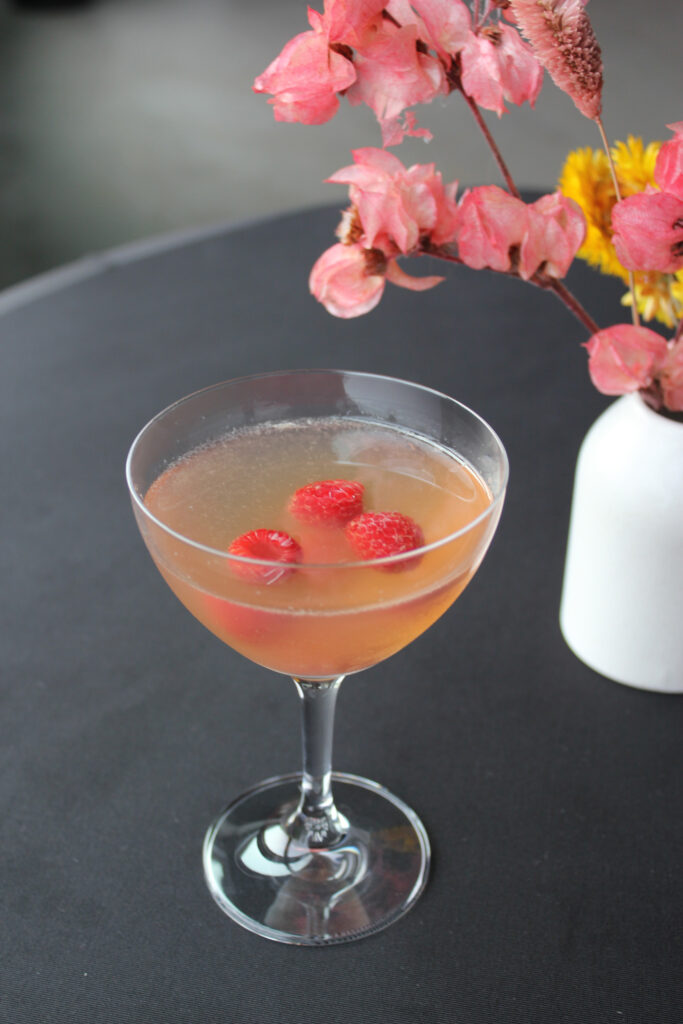
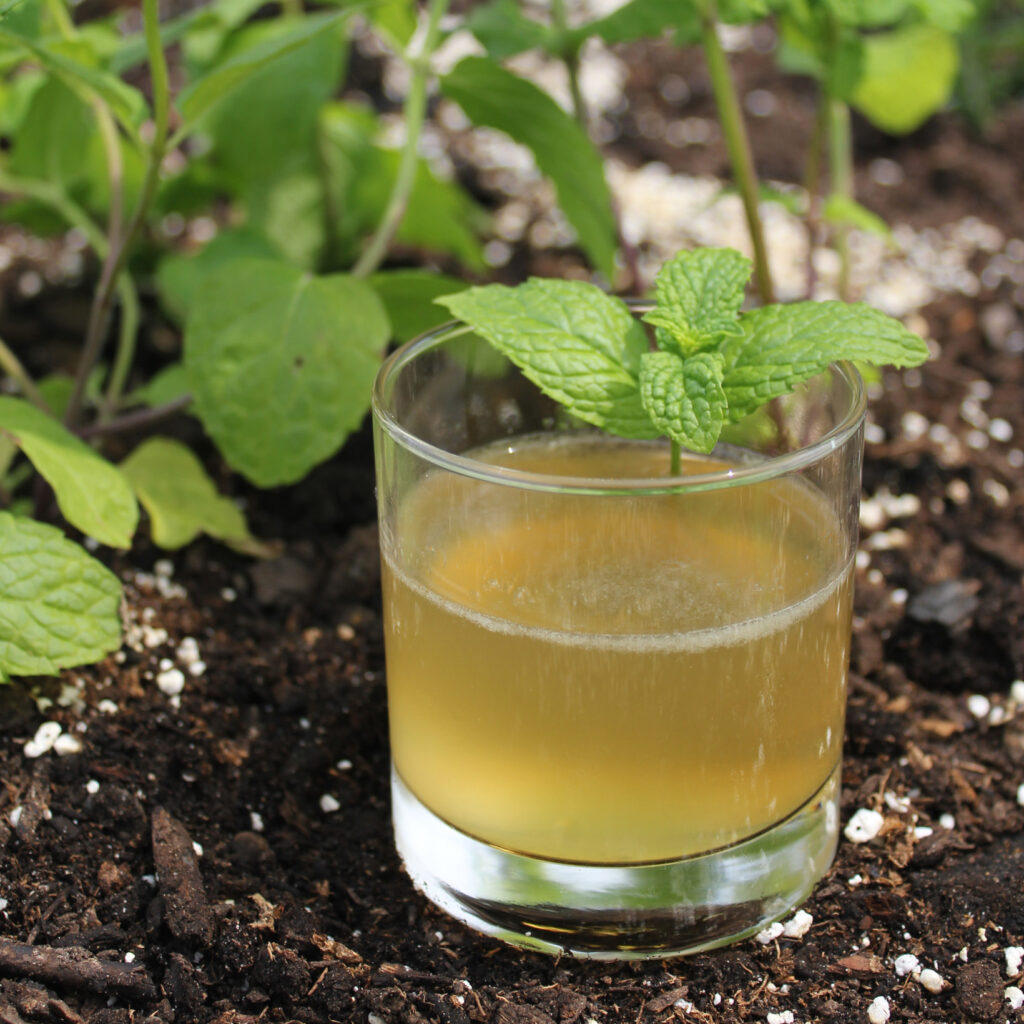
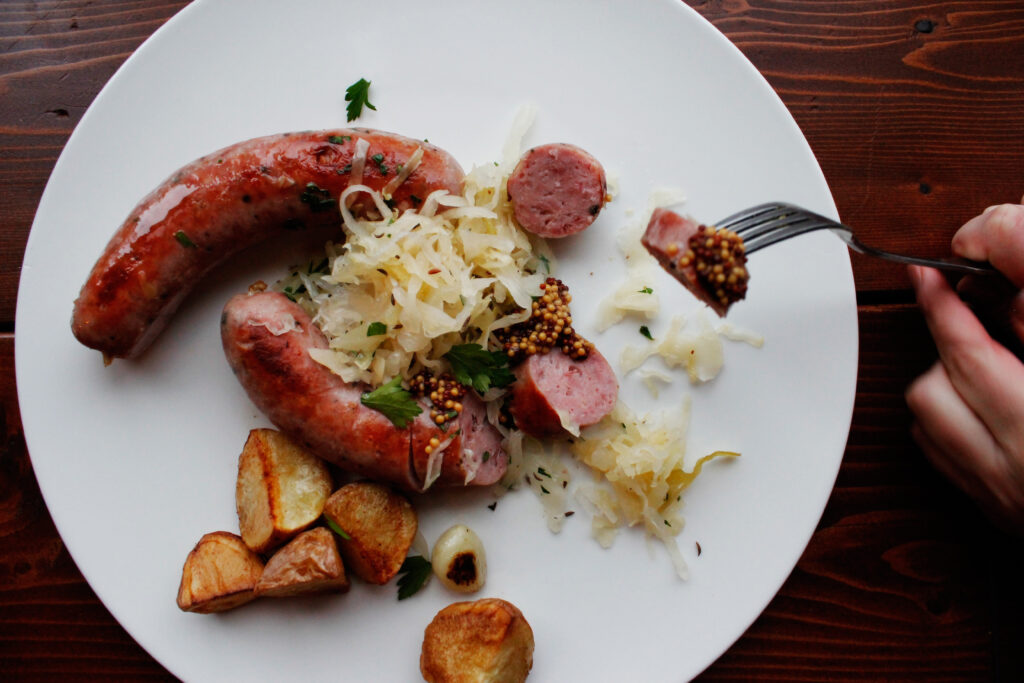
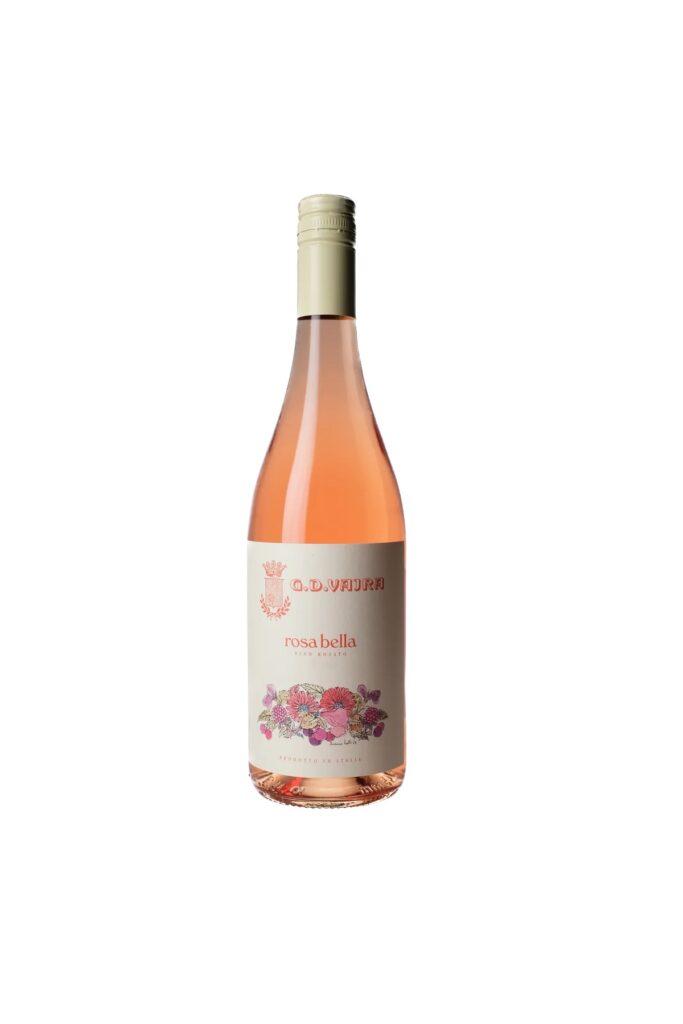
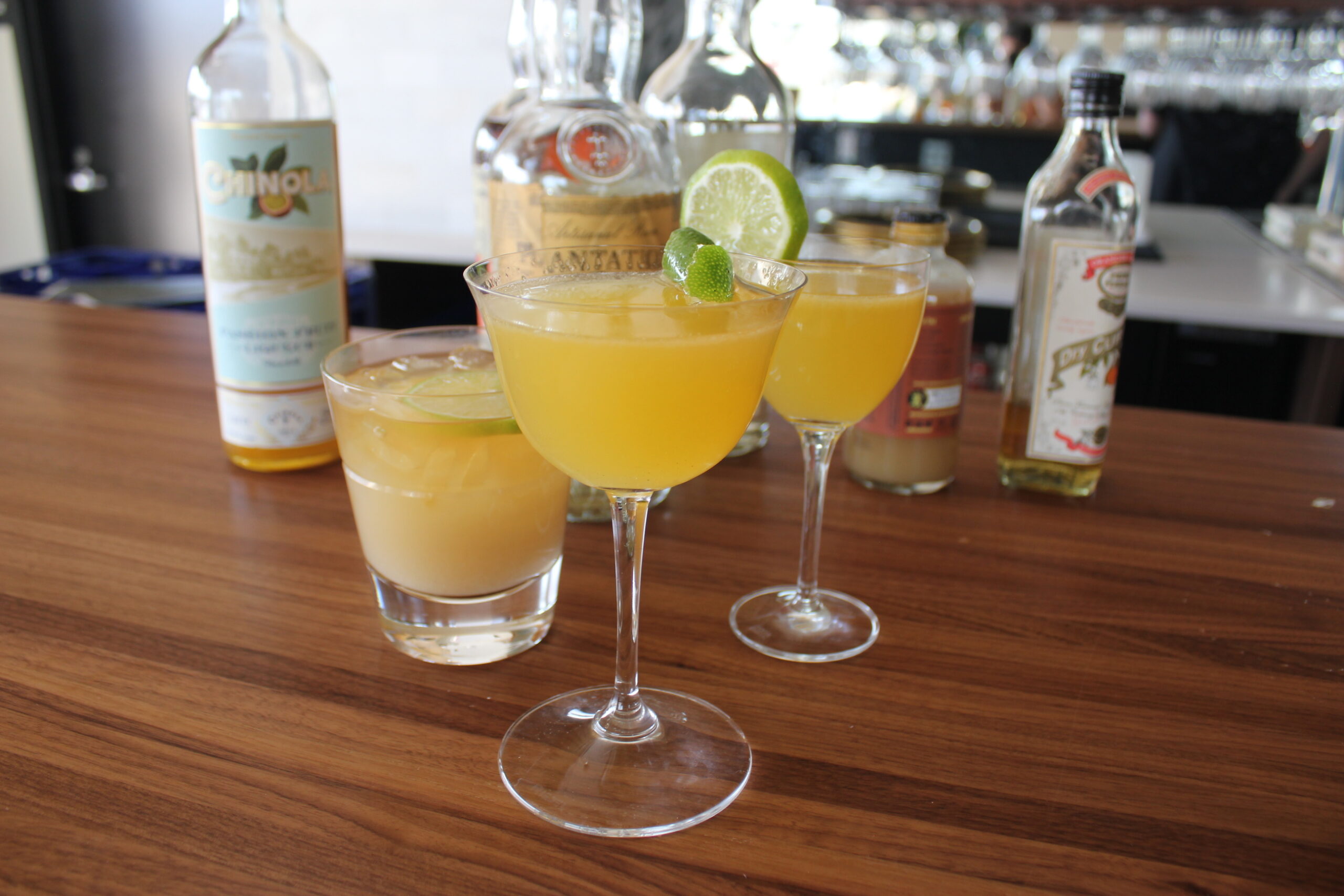
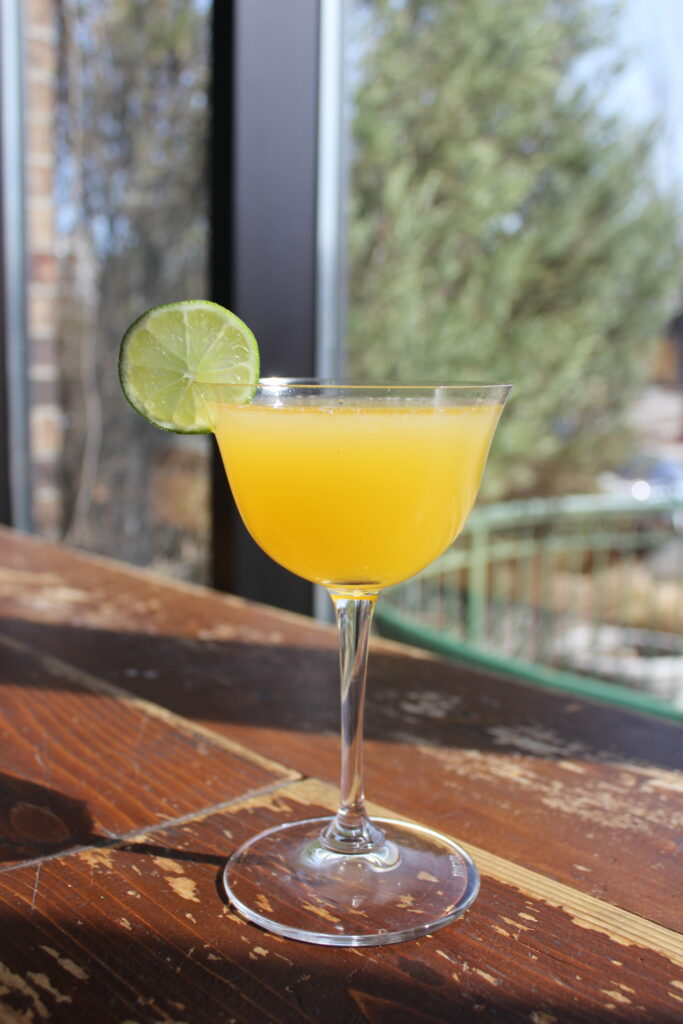
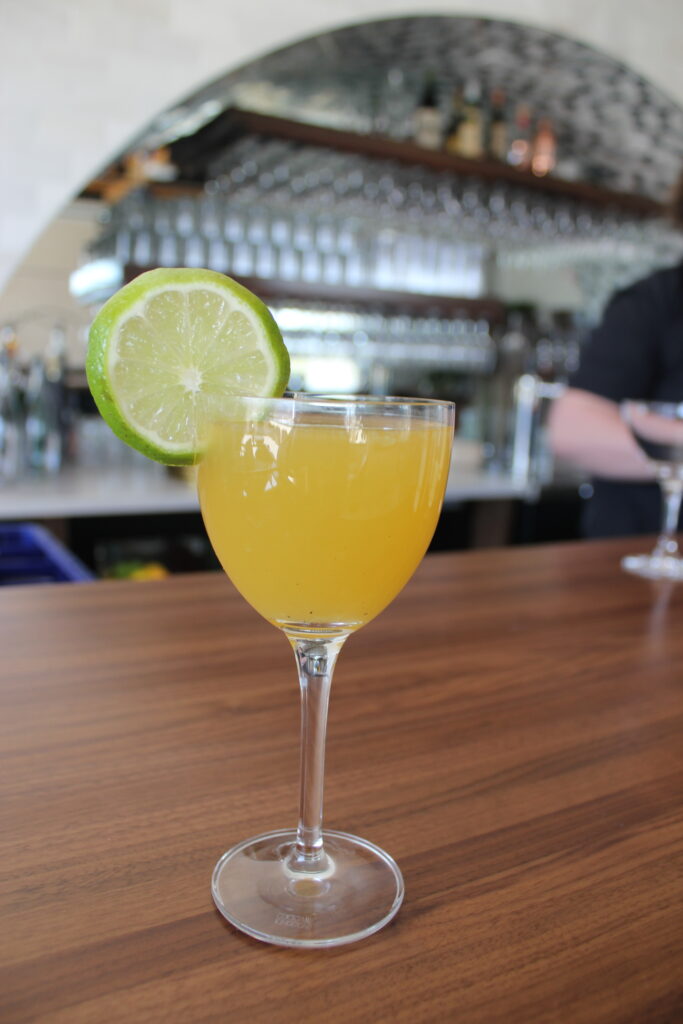
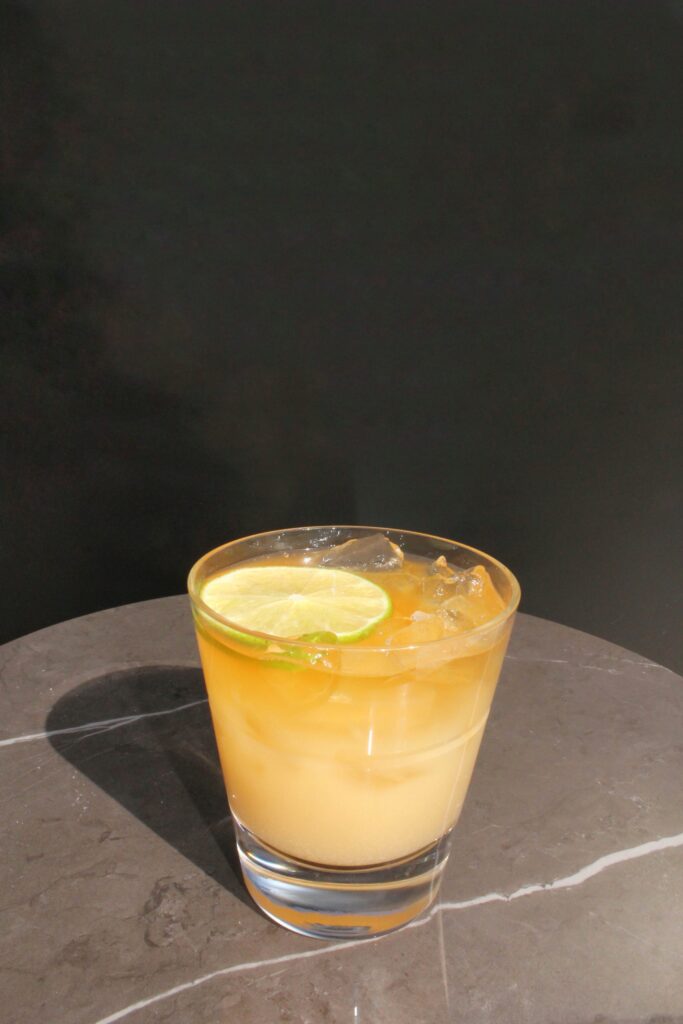
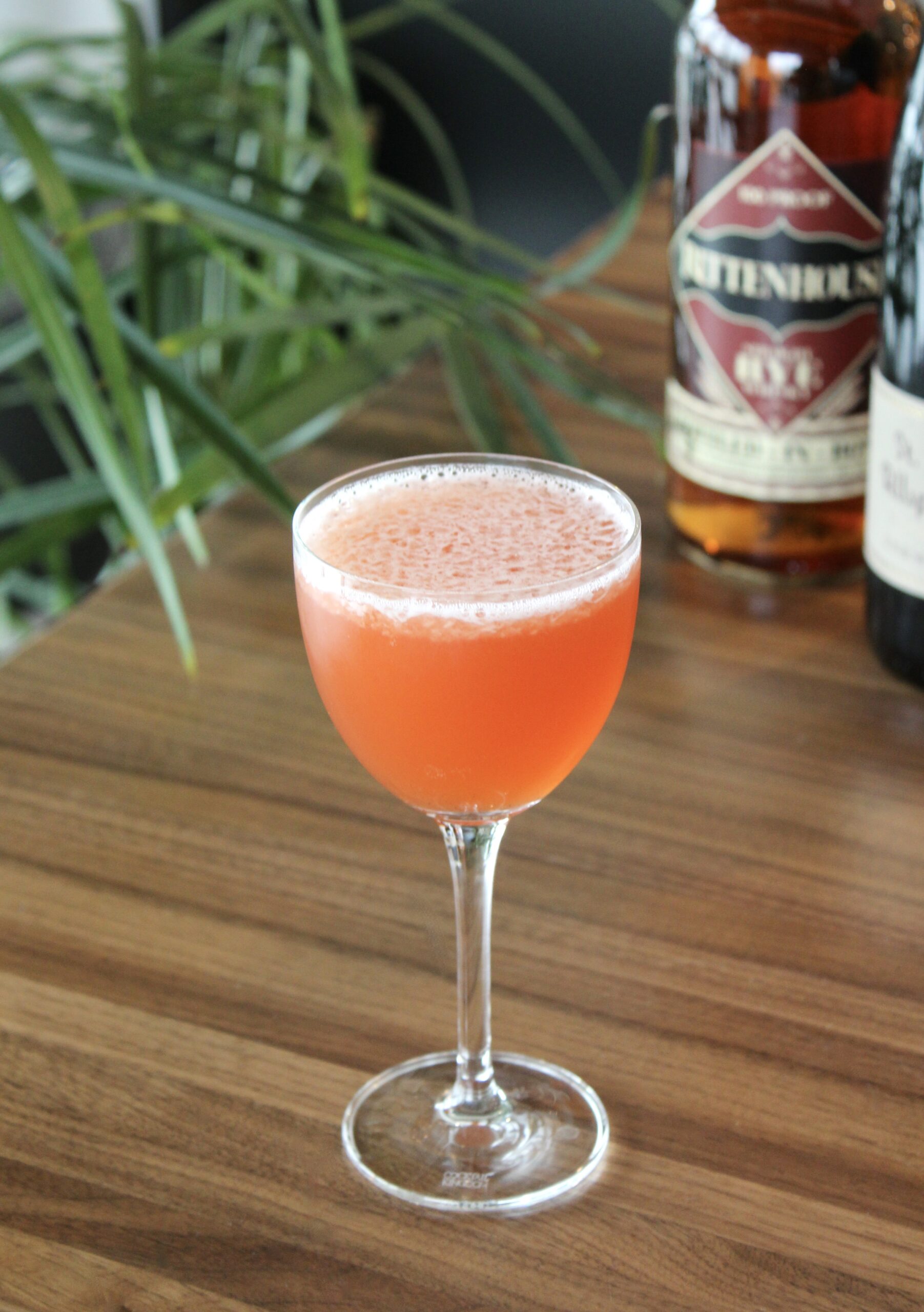


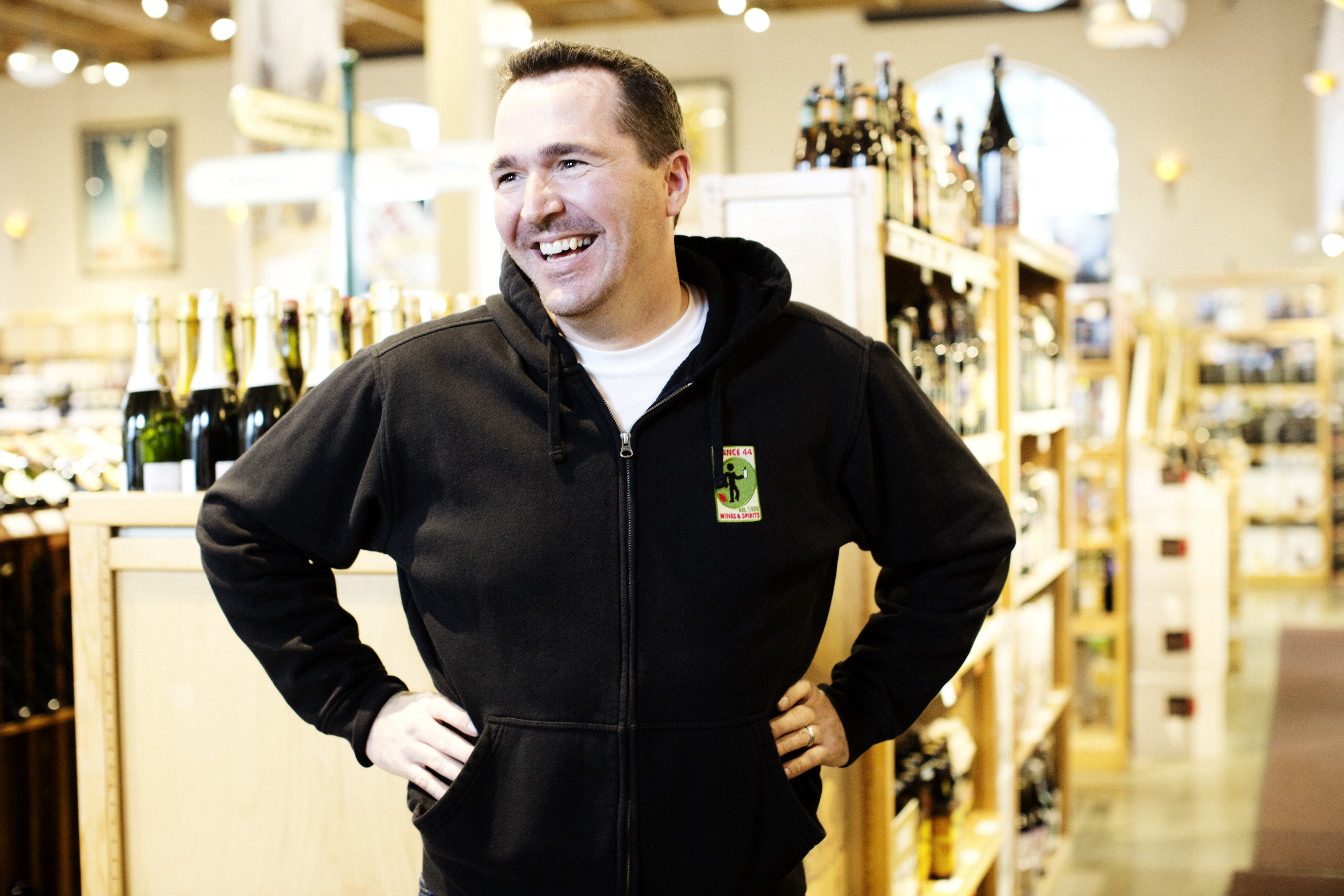
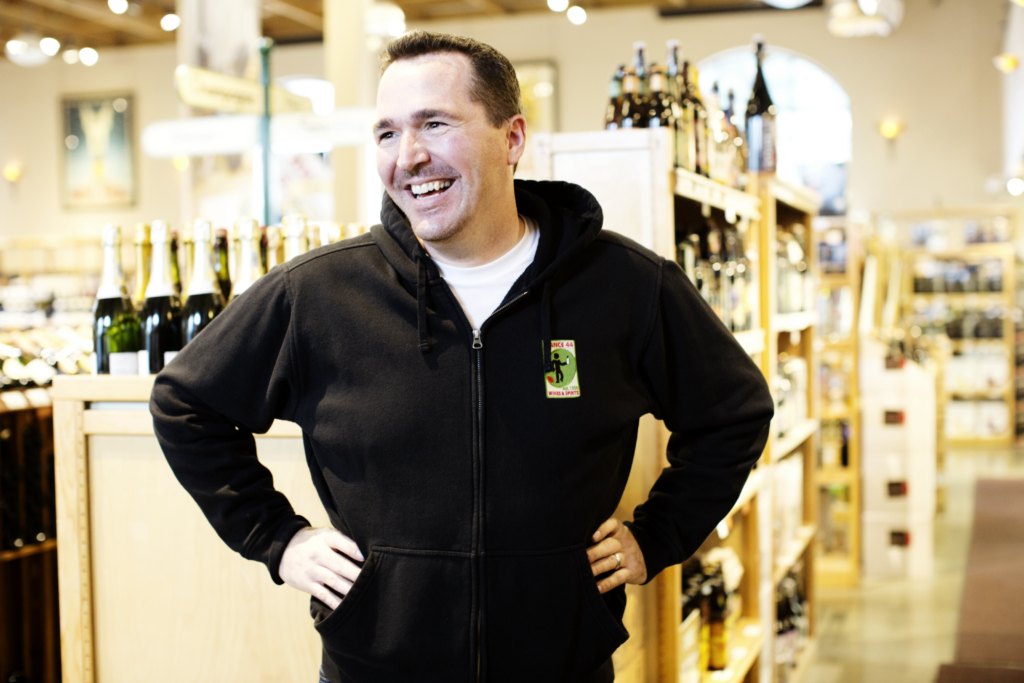

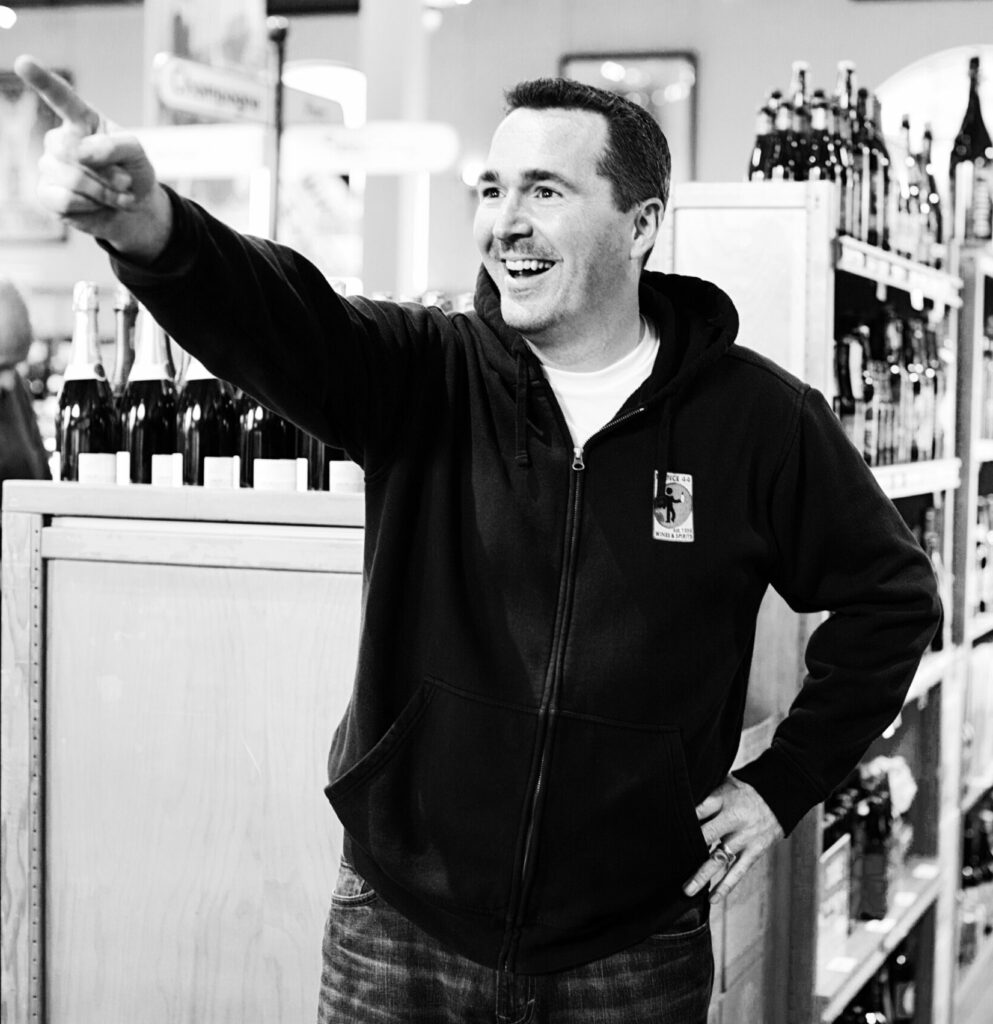

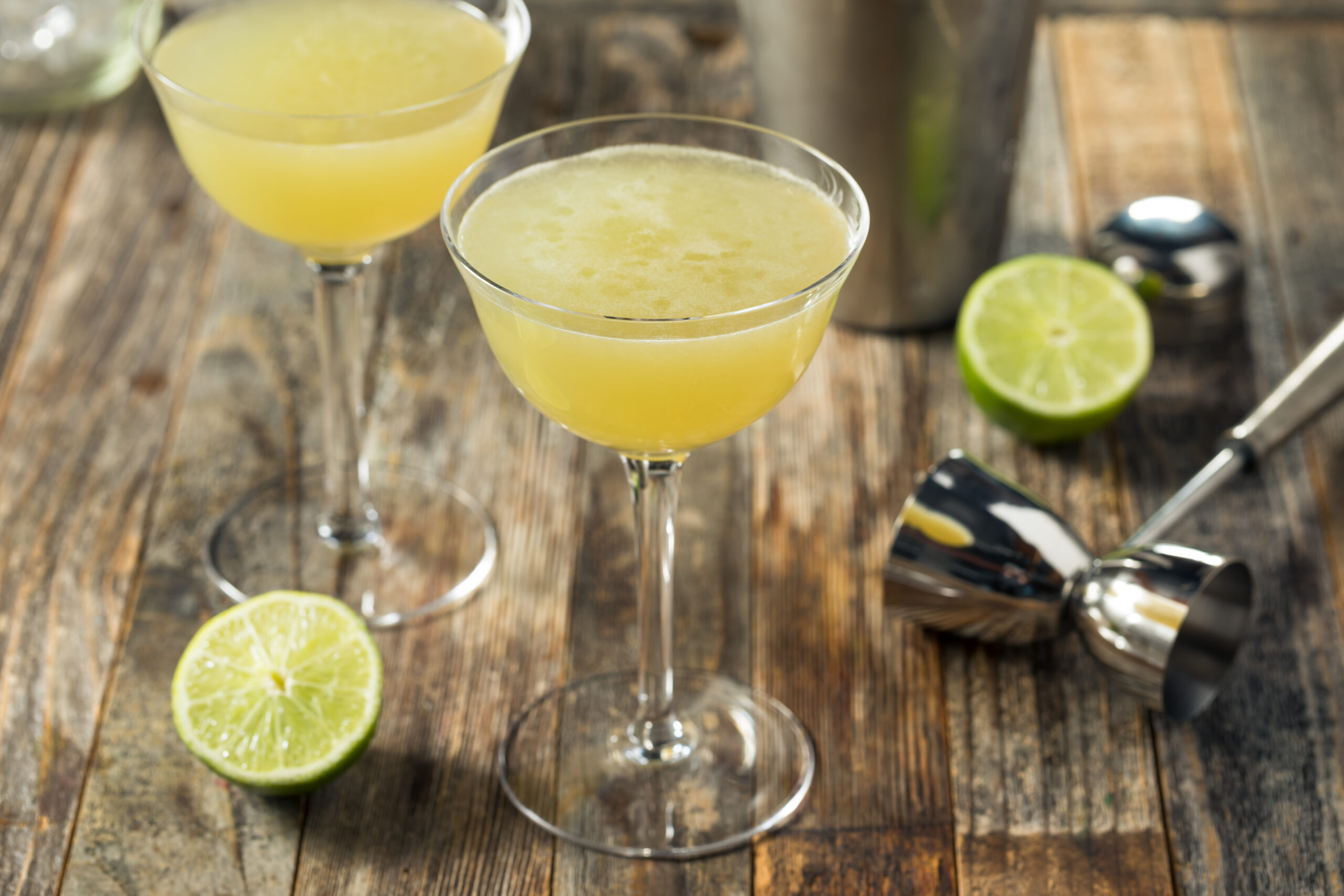
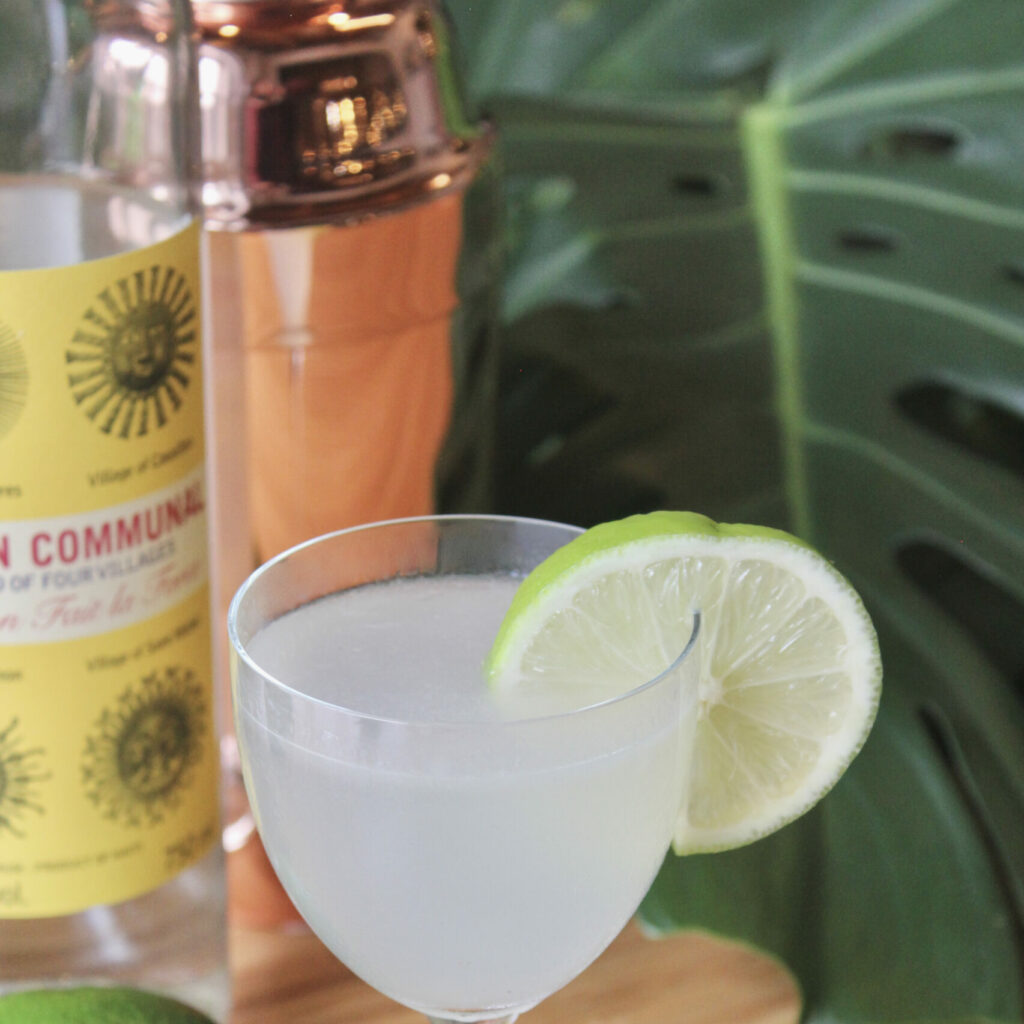
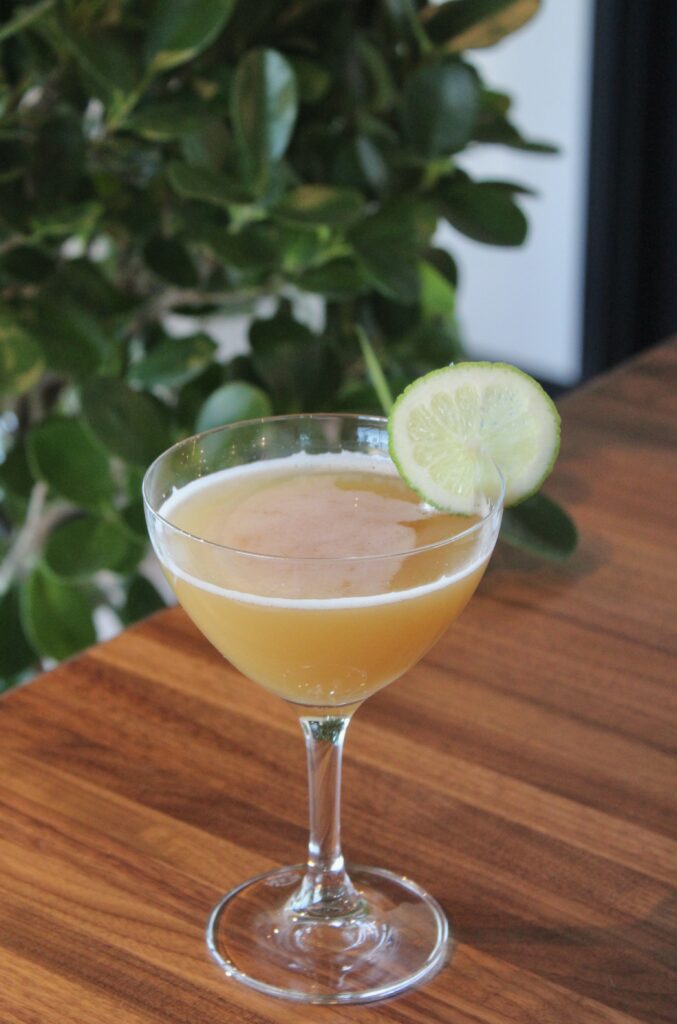
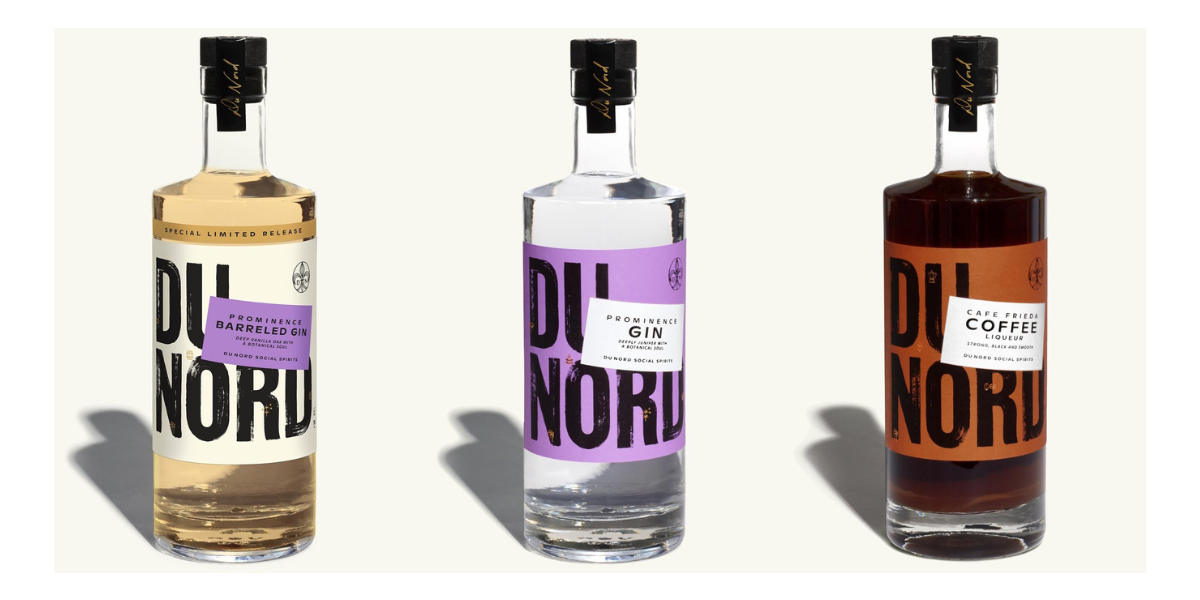
 written by Karina
written by Karina